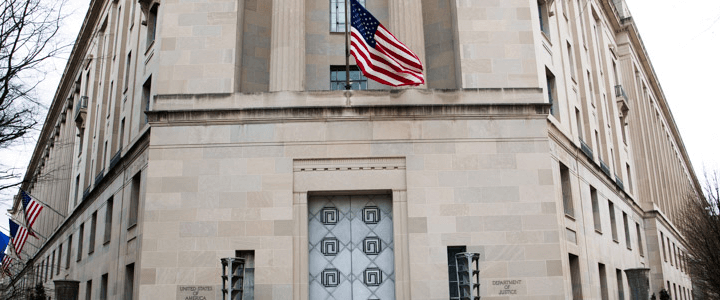The National Industrial Security Policy Program Advisory Committee (NISPPAC) was established by Executive Order in 1993. The committee consists of government and industry representatives, and they work to address national industrial security policy. ClearanceJobs recently had the opportunity to interview Michelle Sutphin, Industrial Security Professional and the industry representative for the NISPPAC. She discussed the role of the NISPPAC, the latest on the security clearance backlog, and why the recent update to Question 21 on the SF86 is good new for security professionals and clearance applicants.
“We have two types of meetings, we have the formal NISPPAC meeting which is held at the National Archives three times a year, and that is when all of the government and industry representatives get together and we essentially provide status updates of everything that we have been working on in between each of those three meetings.”
The NISPPAC meetings are open to the public. In between those three meetings, ad hoc groups meet throughout the year to discuss important topics, including a PERSEC working group, IT working group, National Industrial Security Program Operating Manual (NISPOM) re-write working group, and Insider Threat working group.
“We had to have our insider threat programs in place by November of 2016,” said Sutphin. “What you’re probably hearing right now is a lot of consternation among facility security officers because they’re not exactly sure how DSS is going to assess their program. And that is essentially what we are talking about right now, which is when DSS comes out to assess the programs that we have just put in place, what exactly are they going to be assessing, because the programs are so new.”
Right now, the assessment only consists of making sure government contracting companies have a program, and they are training their employees. After companies have had time to develop their programs, DSS will come back and assess the effectiveness of those programs during the next assessment cycle.
The State of the Security Clearance Backlog
“We are addressing the entire backlog as a whole,” said Sutphin. “It has really gotten extreme with the amount of time it’s taking people to get cleared. For interim secret clearances, what used to take three to five days is now taking about 120 days to get someone an interim secret clearance, and the entire secret clearance process itself is running a little under 300 days. The real pain point for everybody is those that need Top Secret security clearances, and that’s running over 500 days right now.”
The issue with the current processing delays goes directly to the massive backlog of security clearances at OPM. With more than 500,000 cases currently pending, OPM is unable to get through both new investigation requests and the many investigations pending. There are two issues Sutphin addresses – the funding issues, and the shortage in background investigators.
“DSS needs to meter clearances that they’re sending to OPM, because DSS pays for the investigations,” said Sutphin. “They don’t have the funds so they’re holding them in a queue, and metering them. DSS has 29,000 cases in the queue just waiting to go to OPM. ”
Why is the Number of Top Secret Security Clearances Going Down?
The roughly 30 percent reduction in the size of the cleared workforce over the past several years appears to be reshaping the make-up of career minded cleared professionals. Individuals with TS/SCI security clearances, in particular, are having more scrutiny of their need for access, thanks to a review mandated by then Director of National Intelligence James Clapper.
“That was an initiative that was started around 2013 and continued into 2015…there were a lot of different reasons for it, and one of the main reasons was just risk,” said Sutphin. “That was right around the time of Snowden, and we were really looking into our cleared workforce, and ‘does everyone with access to these high level programs really need it?’ and that’s when he encouraged a complete review, to ensure that everybody that had clearances actually needed them.”
Question 21 – Updating the requirement for listing mental health treatment
Updating security clearance policy is generally a years, not months long process. One topic that has received scrutiny over the past several years is Question 21, the mental health question on the SF86. A recently released update aims to reduce the stigma around seeking mental health treatment.
“Clapper…signed a new directive stating that we don’t need to be as invasive as we were in terms of questioning people on their mental health status, “said Sutphin. “And so, a lot of people in the cleared community are no longer going to have to report certain things in terms of that, and facility security officers won’t have to report certain things in terms of adverse information coming to their attention.”
The update goes into effect in July, and clearance holders or applicants will only need to report if they’ve been declared mentally incompetent by a court or administrative agency, if they’ve been required to consult with a mental health professional by a court or agency, if they’ve been hospitalized for a mental health condition, if they’ve been diagnosed by a physician or other health professional with specifically listed diagnosis, or if they have a mental health condition that affects reliability or trustworthiness, noted Sutphin.
The goal is to focus on the behavior, and not necessarily the treatment for security cleared professionals who may need to seek mental health treatment for depression, PTSD or other issues unlikely to pose a security risk.




